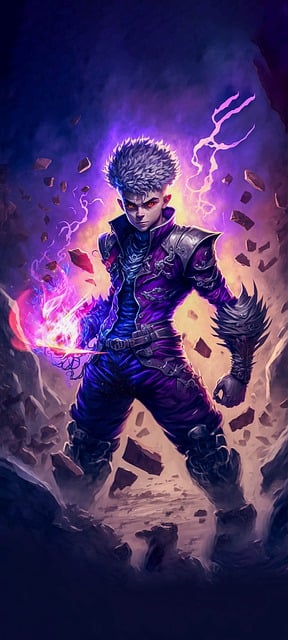
In the realm of digital art, mastering fundamental techniques can transform beginners into proficient artists. This article explores seven essential skills that every aspiring digital artist should master.
From understanding the basics of digital drawing to navigating 3D modeling, these techniques will provide a solid foundation for your artistic journey.
Immerse yourself in this innovative world and learn how to maximize digital art software, understand color theory, and refine your brushwork techniques.
Understanding the Basics of Digital Drawing
Before delving into the complexities of digital art, it is essential to grasp the fundamentals of digital drawing, a skill that forms the foundation of all digital art techniques.
Digital sketching on a tablet is the first step towards harnessing this power. Through tablet usage, artists can intuitively interact with their digital canvas, creating lines, shapes, and shading in a manner not unlike traditional sketching. The key difference lies in the extensive possibilities offered by digital tools: endless color palettes, layering techniques, intricate detailing tools, and the ability to undo mistakes.
However, the essential skills of observation, composition, and understanding light and shadow remain unchanged. With practice, these foundational skills can be refined, leading to the creation of visually stunning digital art.
Mastering the Art of Digital Painting
Transitioning from traditional painting to digital media requires not only understanding the basics of digital painting but also developing a unique set of skills.

It is essential to familiarize yourself with various painting software options, each offering unique tools and techniques to refine your art.
Understanding Digital Painting Basics
Undoubtedly, mastering the art of digital painting is a critical skill set for aspiring digital artists aiming to excel in the field. To begin, understanding digital art textures is paramount. These are the backbone of visual aesthetics, adding a layer of realism to your artwork.
- Familiarize yourself with different textures and learn how to create them.
- Software customization possibilities are endless in digital art. Customize your workspace efficiently to enhance your workflow.
- Always practice. Digital painting, like any other skill, requires consistent practice.
These steps, when followed diligently, will aid in mastering the art of digital painting.
Skill Development Strategies
A significant number of skill development strategies exist for mastering the art of digital painting, each designed to enhance different aspects of your artistic prowess.
One such strategy is Designing Art Portfolios. This involves creating a diverse collection of your best digital artworks. A well-curated portfolio not only demonstrates your technical proficiency but also highlights your unique style and creativity.
Another strategy is Online Art Showcasing. By utilizing digital platforms, you expose your work to a broader audience, receive constructive feedback, and gain inspiration from other artists. Moreover, it provides potential networking opportunities.
Both strategies facilitate continuous learning and improvement, crucial in mastering digital painting.
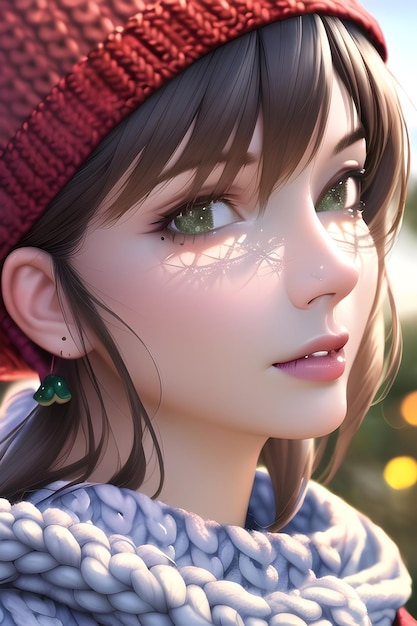
Exploring Painting Software
Frequently, artists find themselves overwhelmed by the vast selection of painting software available, and understanding how to effectively utilize these tools becomes a crucial step in mastering the art of digital painting.
In the journey of software selection, it is important to consider a few key factors:
Determine your artistic needs and choose software that offers the tools to fulfill them.
Experiment with different software; learning the nuances of each will enhance your tool utilization skills.
Pay attention to the software's user interface; it should be intuitive and allow for efficient workflow.
Working With Layers: an Essential Skill
Mastering the art of working with layers is a critical skill in the realm of digital art, forming the foundation for complex creations and intricate designs.
From understanding the basics of layers, to learning specific manipulation techniques, these skills offer an array of benefits which significantly enhance the digital art process.
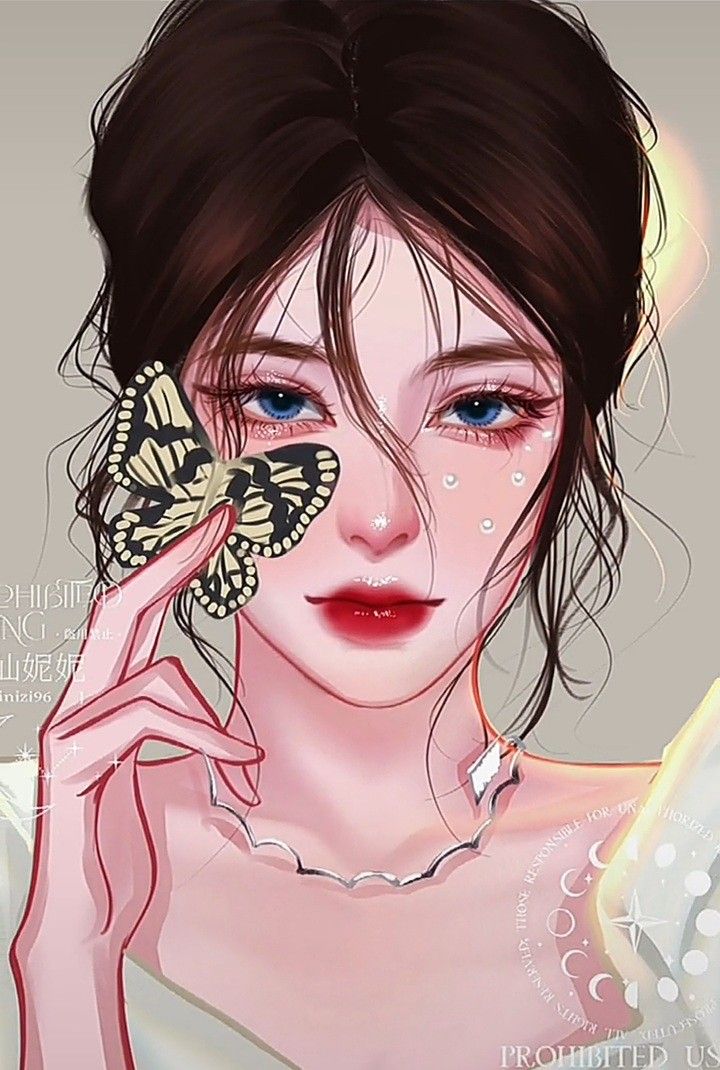
This section will provide a detailed exploration into these aspects, simultaneously equipping beginners with the necessary knowledge and practical tips to effectively utilize layers in their digital art journey.
Understanding Layer Basics
In the realm of digital art, one can greatly enhance their creative capabilities by understanding and mastering the basics of working with layers. This technique provides a platform for innovation, particularly when layering textures and layering transparency.
To get started, consider these three fundamental aspects:
Layer Stacking: This refers to the order of layers in your artwork. The topmost layer is the one you'll see the most, while the ones beneath add depth and complexity.
Layering Textures: By superimposing different textures, you can create a more dynamic and tactile visual experience.
Layering Transparency: This technique allows you to blend layers by adjusting their opacity, offering a subtle way to combine elements in your artwork.
Layer Manipulation Techniques
Understanding the abstract concept of layer manipulation and the ability to apply this skill effectively stands as a cornerstone in the journey of digital art creation.
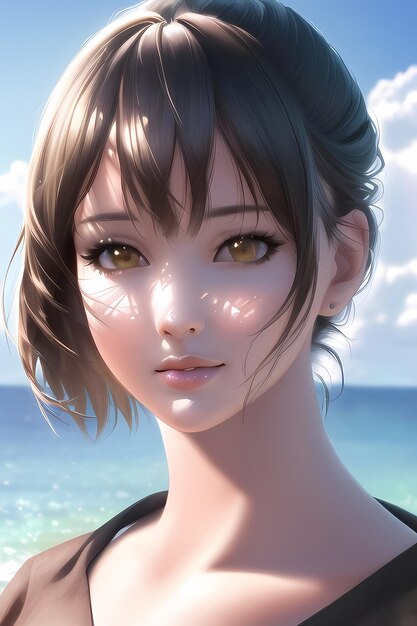
Mastering layer organization methods is crucial. It allows for effective management of your artwork's elements, providing a systematic approach to complex designs. This facilitates easy modification and enhancement of individual components without affecting the rest of the design.
Equally important is the understanding of layer blending modes, a powerful tool in digital art that alters how layers interact, creating unique effects. Experiment with blending modes to add depth, texture, and luminosity to your artwork.
Benefits of Layering
Delving into the benefits of layering, we find that it is not just a mere technique but an essential skill that significantly enhances the flexibility and control in the process of digital art creation. The innovative application of Layer Composition and Layer Transparency can spawn striking results.
Layer Composition enables artists to isolate different elements of the artwork, lending the ability to modify, manipulate or even completely remove components without disturbing the entire piece.
The use of Layer Transparency allows artists to control the visibility of each layer, creating depth and dimension while allowing an interplay of lights and shadows.
Layering also facilitates non-destructive editing, preserving the original elements while experimenting with various effects and styles, thus fostering creativity and innovation.
The Importance of Color Theory in Digital Art
Undeniably, mastering color theory plays a pivotal role in enhancing the visual appeal and depth of digital artwork.
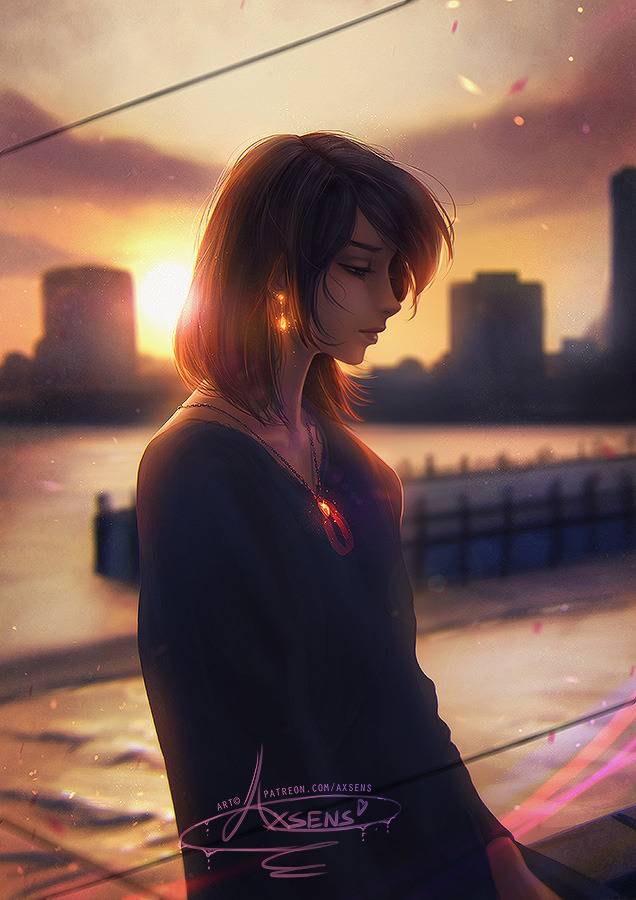
A keen understanding of color psychology and smart palette selection can dramatically influence the emotional impact of your artwork. Color psychology helps artists imbue their works with intended emotions and reactions, creating a deeper connection between the viewer and the piece.
The process of palette selection further refines this connection. By choosing harmonious colors, you can create a cohesive, visually pleasing piece that resonates with audiences. A well-chosen palette can also help to emphasize certain elements within the piece, guiding the viewer's attention.
Making the Most of Digital Art Software
A beginner's journey into the realm of digital art is greatly enhanced by effectively utilizing the features and tools in their chosen art software. Understanding the software's capabilities and how to customize tools can be the difference between a good piece of digital art and a great one.
Software Selection: Choose software that fits your needs. If you're into graphic design, Adobe Illustrator might be your best bet. For digital painting, consider software like Procreate or Photoshop.
Tool Customization: Most art software allows you to customize brushes, erasers, and other tools to your liking. Experiment with different settings to achieve the desired effects.
Practice: Regularly using your software will help you get comfortable with its tools and features. With time, you'll be able to maximize its potential, leading to improved digital art creations.
Brushwork Techniques for Digital Artists
Mastering a few essential brushwork techniques and understanding how to apply them in different contexts can significantly elevate the quality and impact of a beginner's digital art.
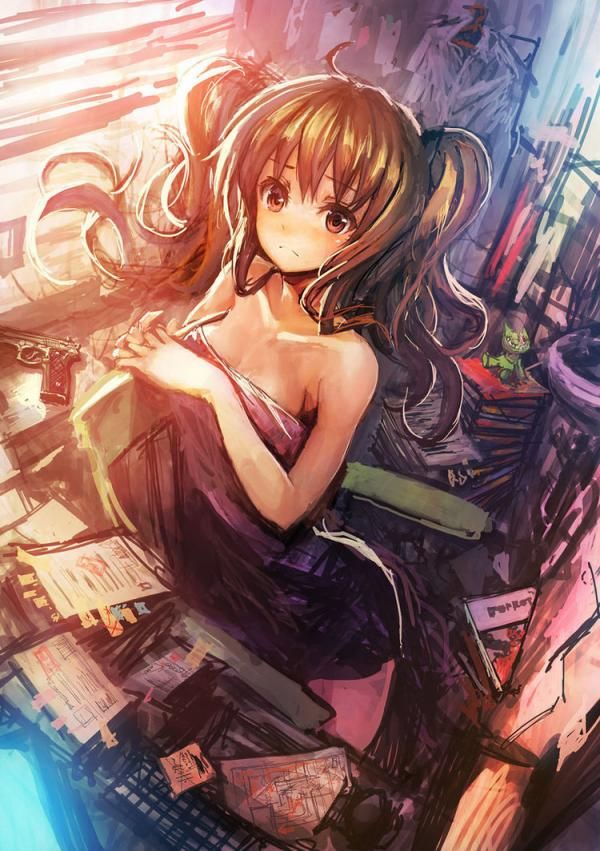
Brush selection importance cannot be overstated. Different brushes can create varied textures and lines, adding depth and interest to your artwork. Experiment with different sizes, edges, and stiffness to discover their unique effects.
Stroke precision techniques are also crucial. Start with slow, deliberate strokes to maintain control. As your confidence builds, experiment with faster strokes for a more dynamic effect. Remember, precision isn't just about accuracy, but also about expressing your unique style. It's about making each stroke count, making thoughtful decisions about every mark you make on your digital canvas. It's about innovation and creativity.
Navigating the World of Digital 3D Modeling
In the realm of digital art, the ability to navigate the world of 3D modeling is as fundamental as it is challenging, requiring both technical knowledge and creative imagination. This innovative field offers vast avenues such as 3D printing applications and sculpting nuances.
Understanding 3D Space: Grasp the concept of working in a three-dimensional environment. This means understanding X, Y, and Z axes, depth perception, and volume.
Mastering Basic Tools: Learn the fundamental tools used in 3D modeling software. These include extrusion, rotation, and scaling tools.
Exploring Sculpting Nuances: Move beyond basic shapes to explore the subtleties of digital sculpting. This involves manipulating a 3D mesh to create intricate designs, a key skill in many 3D printing applications.
Frequently Asked Questions
What Are Some Common Mistakes Beginners Make in Digital Art and How Can They Be Avoided?
Common mistakes beginners make in digital art include poor color understanding and improper brush selection. These can be avoided by studying color theory and experimenting with different brushes to find what best suits their style.
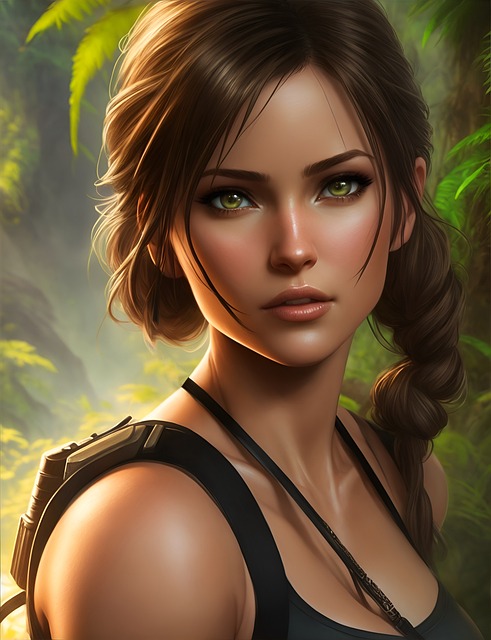
How Can Someone Stay Motivated and Continue to Improve Their Digital Art Skills?
To foster improvement in digital art skills, consistently harnessing artistic inspiration is vital. Through consistent practice and learning from each piece, one can uncover novel techniques, driving innovation and sustained motivation in their artistry journey.
How Can Digital Artists Protect Their Work From Being Stolen or Copied?
Digital artists can safeguard their work from theft or replication through strategic watermark placement and understanding copyright laws. These methods act as deterrents, helping to ensure original creations are recognized as the artist's intellectual property.
Can You Explain the Differences Between Vector and Raster Graphics in Digital Art?
Vector graphics, used in applications like Adobe Illustrator, are scalable and do not lose quality. Raster graphics, while less scalable, offer detailed and nuanced color variations, advantageous for photorealistic digital art.
What Are Some Career Opportunities Available for Digital Artists?
Digital artists can explore a myriad of career opportunities. Demanding industries such as gaming, animation, and advertising constantly seek their skills. Additionally, the rise of digital platforms creates prosperous freelance opportunities for innovative digital art professionals.
 Digital Art InstructionDIY Infographics DesignMobile Game ArtworkPersonalized Logo Design3D AnimationeBook Covers DesignPrivacy PolicyTerms And Conditions
Digital Art InstructionDIY Infographics DesignMobile Game ArtworkPersonalized Logo Design3D AnimationeBook Covers DesignPrivacy PolicyTerms And Conditions
